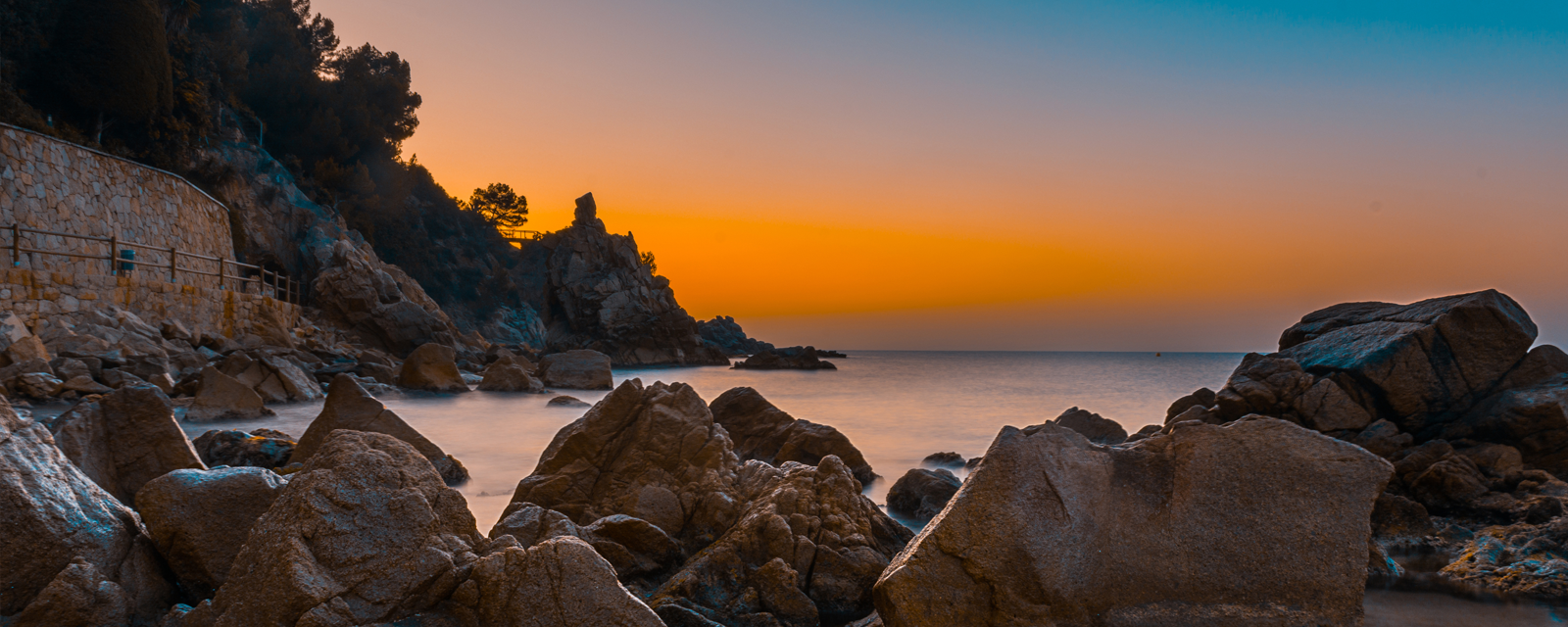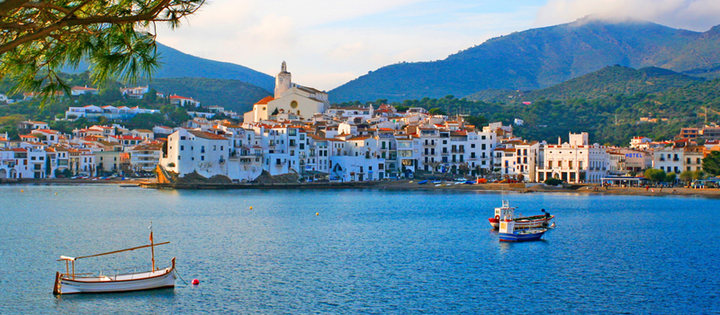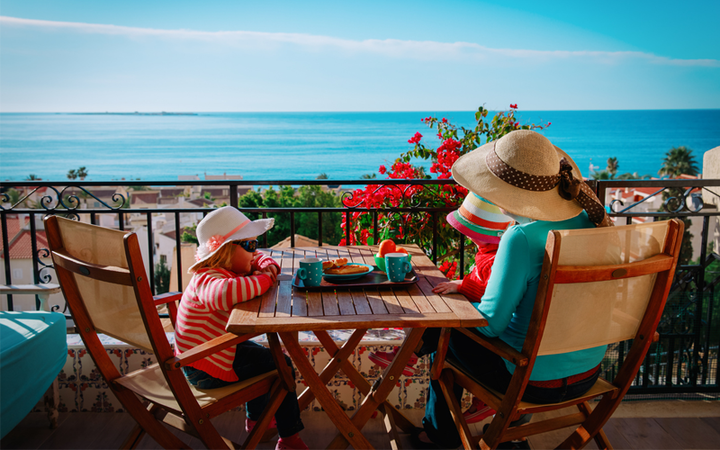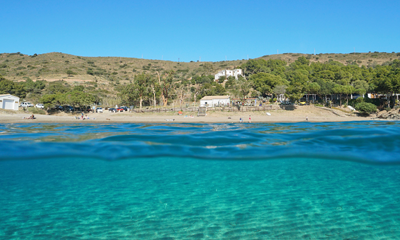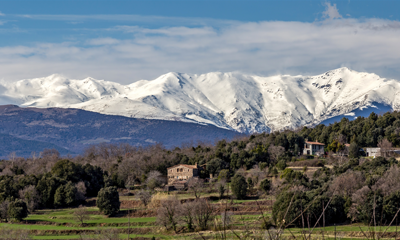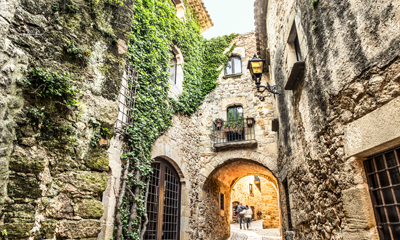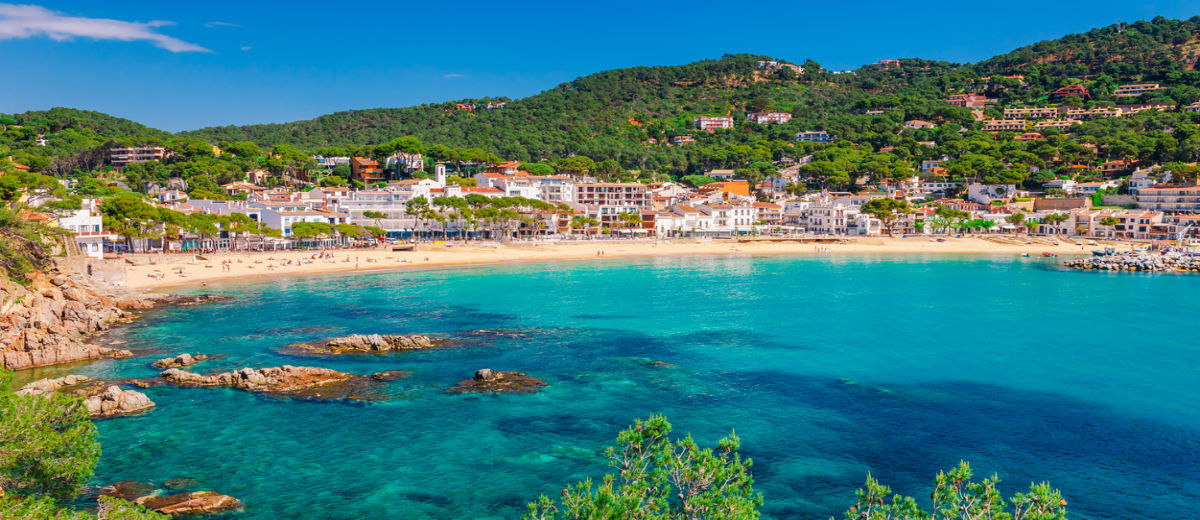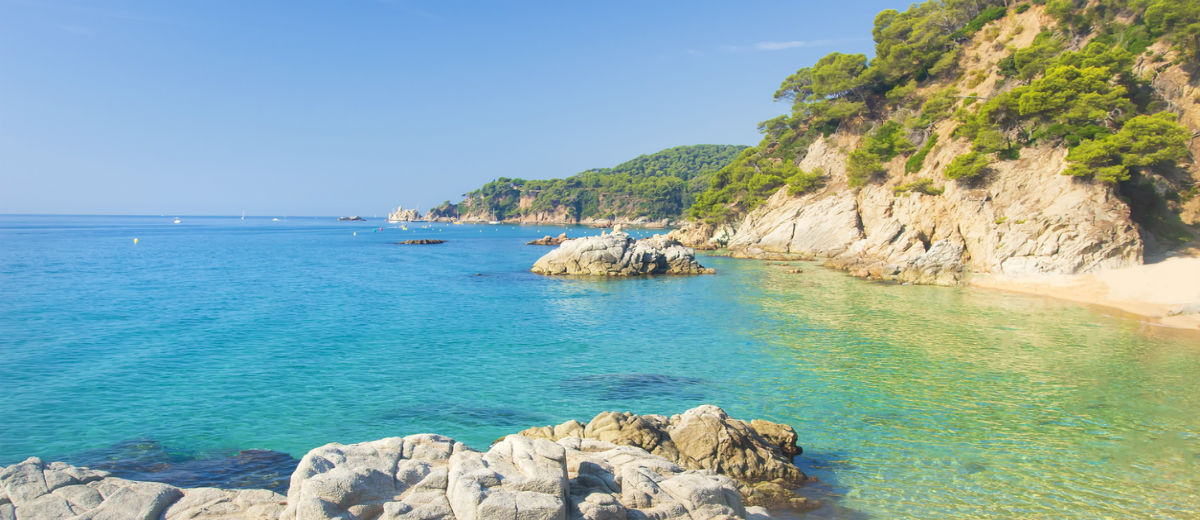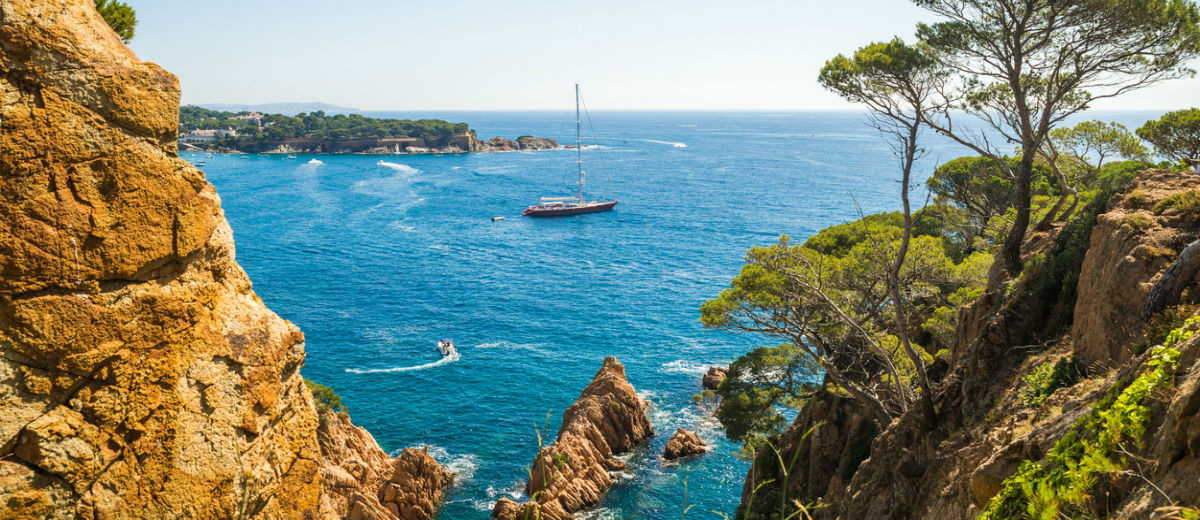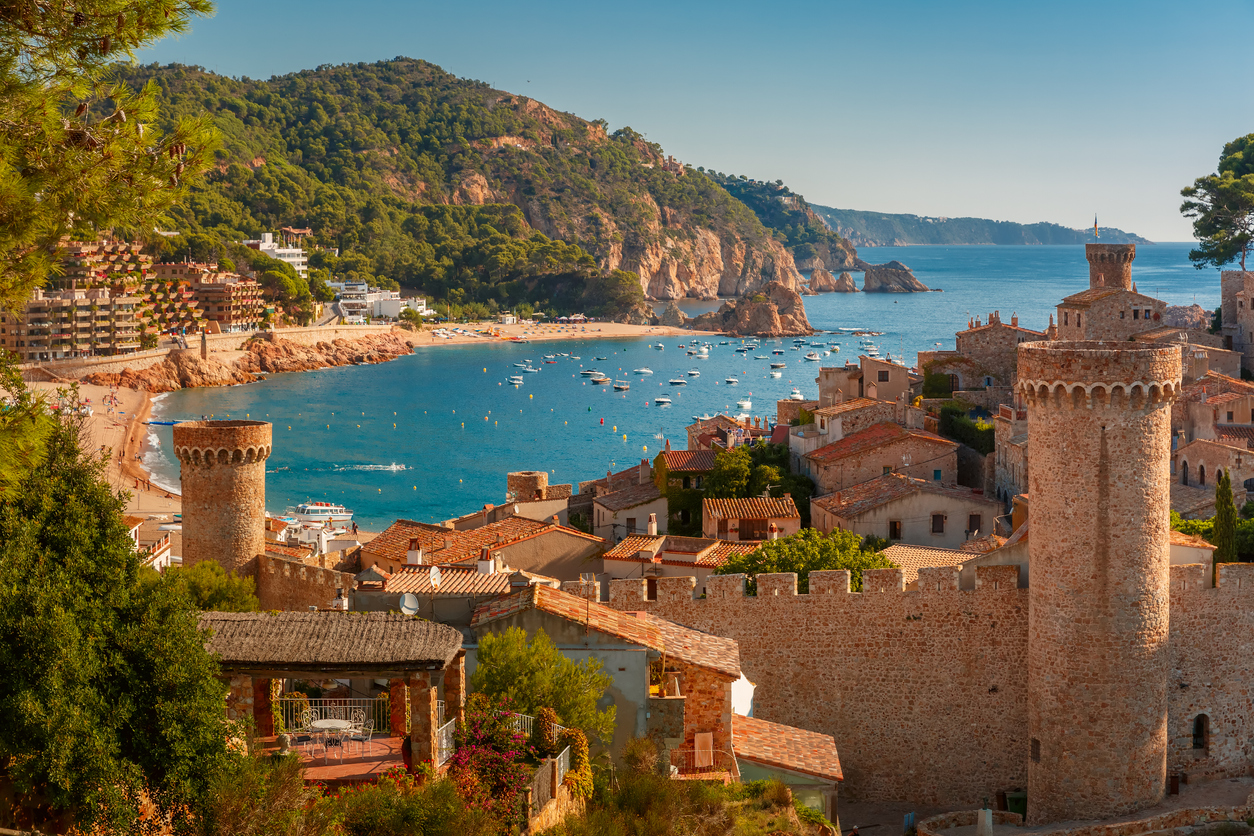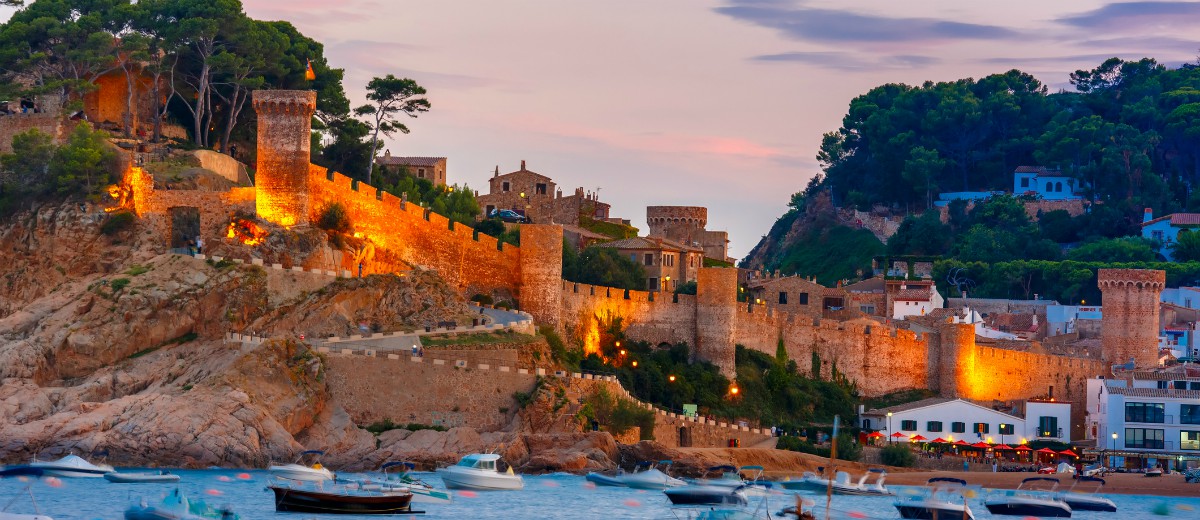More than an idyllic beach getaway, the Costa Brava has an unexpected arts and culture scene, along with a wealth of outdoor adventures and natural wonders.
From the unusual – human towers, or castells – to the traditional, such as sardana folk dance performances, Catalans are proud to share their culture with visitors.
The creative set has long been inspired by the region, with the likes of Matisse and Picasso revelling in the light and colours of the coastline. Follow the art trail and discover Dalí’s studio and works with a visit to the three museums dedicated to the quirky Surrealist artist.
Elsewhere, explore remote villages and hidden bays, discover ancient ruins and Roman mosaics, and gawk at incredible Benedictine monasteries. For action, head to the Golf de Roses for windsurfing or Sant Pere Pescador for sailing, or go scuba diving among the untouched nature reserve of Illes Medes.
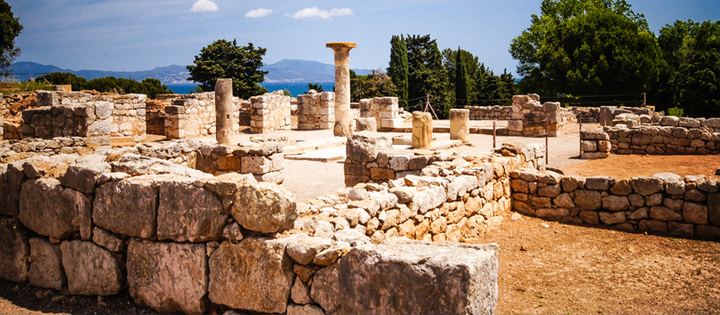
Ampurias
Try castell
Keep your eyes peeled for a castell, an emblematic Catalan climbing spectacle involving groups of people balancing on one other to form a human tower. Groups practice, often on Sunday mornings, all over the Costa Brava.
Take a road trip
Take a road trip along the coastline, twisting along hairpin roads and pausing at small fishing villages. A highlight is the corniche road between Tossa de Mar and Sant Feliu de Guixols, where tiny, near-inaccessible bays are squeezed between the larger resorts.
Do some watersports
The Mediterranean is a vast adventure playground: windsurf on the Golf de Roses, sail off Sant Pere Pescador, or scuba dive around the Medes archipelago.
See the ancient ruins
Explore the ruins of Ampurias, the former Greek town of Emporion. Founded in the 6th-century BC, it grew into a thriving trading centre, and is located near an ancient Roman city built during the Punic Wars. Afterwards, wander along the coastal path to the old village of Sant Marti d’Empuries where the Greeks first landed.
Visit the monastery
Visit the astonishing Benedictine monastery of Sant Pere de Rodes, poised above the harbour of El Port de la Selva. It dates back to the 10th century though the monks continued to add to the design up until they left in the 18th century.
Salvador Dalí
The eccentric artist Salvador Dalí was inspired by the beauty of Cadaqués. His home studio in Portlligat is open to the public, along with the castle in Púbol that he bought his wife, Gala. The main collection of his work, though, is displayed at the Theatre Museum in Figueras, where Dalí was born.

